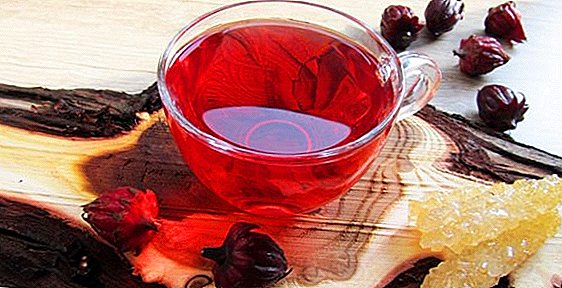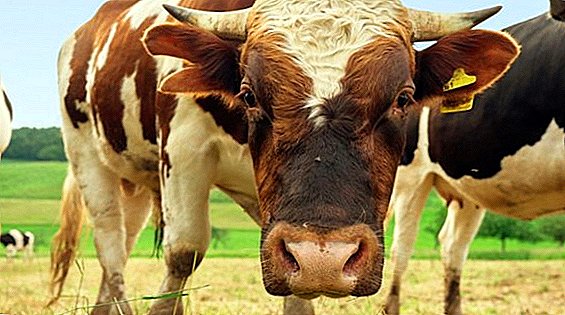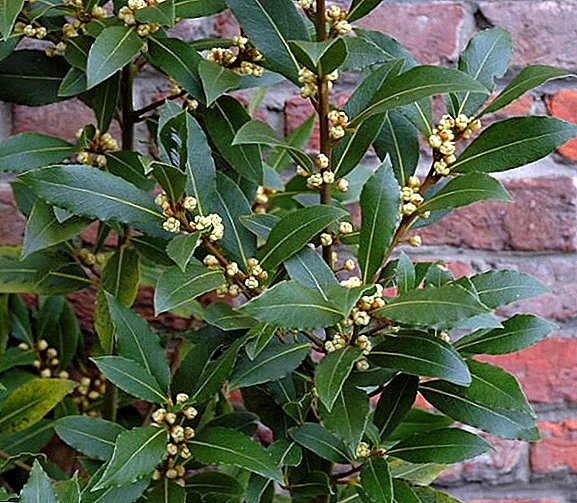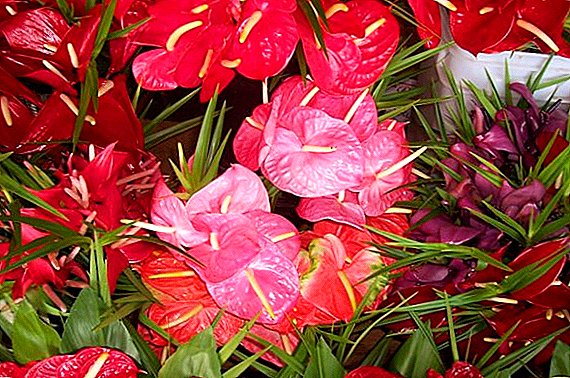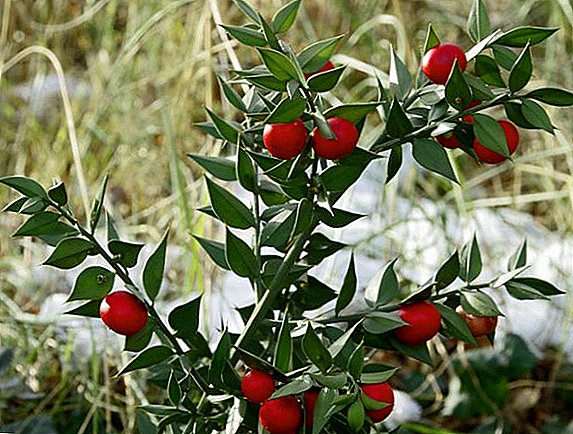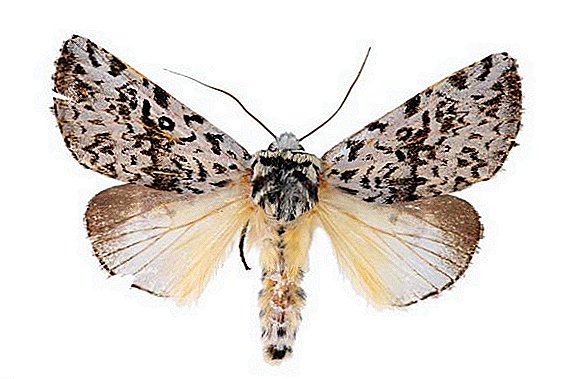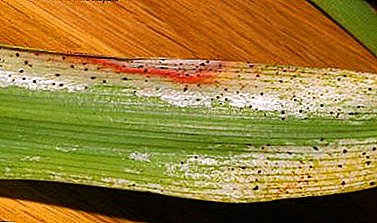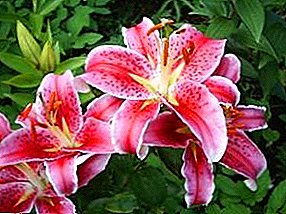 Lily - perennial bulbous plant of the lily family. Scaly bulbs. It is considered a symbol of beauty and innocence.
Lily - perennial bulbous plant of the lily family. Scaly bulbs. It is considered a symbol of beauty and innocence.
These beauties decorate almost every garden with their fragrant blossoms.
Varieties of lily varieties
The shape of the flower in lilies can be tubular, cup-shaped and turbid. For more effective cultivation you need to know the main types of lilies. Different groups may vary significantly growing and planting methods.
Kudrev(Turkish) - One of the most common species that is found not only in gardens, but also in nature, including in Russia. Received its name for the unusual shape of the petals, curled like curls. Grows slowly.
American - uncommon varieties, which are mainly found in the collections of botanical gardens. The flowers are small, up to 4 cm in diameter.
 Asian - the most common and unpretentious hybrid. Possesses delightful aroma, differs in a variety of color. It multiplies rapidly, and therefore is subject to frequent division - once every two years.
Asian - the most common and unpretentious hybrid. Possesses delightful aroma, differs in a variety of color. It multiplies rapidly, and therefore is subject to frequent division - once every two years.
Oriental (Oriental) - hybrids with huge flowers reaching 30 cm. The shape of the flower is different. The color is dominated by mixed: red with white stripes, etc. Unlike many hybrids like, slightly acidic or acidic soil. Requires shelter for the winter.
Long-flowered - hybrids, are not intended for cultivation in an open ground.
 Tubular - similar in quality with the Asian hybrid. The shape of the flower is elongated, resembling a straw. The flowers are large, can reach 20 cm tall. The color palette from bright red to calm pastel colors. Require shelter for the winter.
Tubular - similar in quality with the Asian hybrid. The shape of the flower is elongated, resembling a straw. The flowers are large, can reach 20 cm tall. The color palette from bright red to calm pastel colors. Require shelter for the winter.
Snow white - grow on alkaline soils. In our climate can often be damaged by diseases and pests.
Recommended reading: Tulips, growing and care.
It's all that you did not know about the mallow flower.
Features of planting and care of astilba //rusfermer.net/sad/tsvetochnyj-sad/vyrashhivanie-tsvetov/astilba-boginya-tenistogo-sada-sekrety-vyrashhivaniya.html.
Planting and reproduction of lilies
In plants intended for breeding, flower stalks are removed before flowering - planting material is stronger and more qualitative. Lilies are propagated by bulbs, which are formed in large quantities in 3-6 years, depending on the hybrid relationship.
Reproduction should be done either in early spring or no earlier than six weeks after flowering. During this time, it is recruited nutrients and provides better planting material.
Reproduction by scales is possible
When an onion is transplanted, scales are carefully separated from it (not more than one third). You can also excavate the plant in the spring without digging it out of the ground, separate the scales and sprinkle the mother plant with earth again. The largest and most healthy plants grow from scales located on the first layer.
Another option - breeding bulbs
 On some varieties of lilies in the axils of the leaves pokkolukovitsy can form. They are collected in the fall and sown at a distance of 4-6 cm. It is necessary to shelter for the winter.
On some varieties of lilies in the axils of the leaves pokkolukovitsy can form. They are collected in the fall and sown at a distance of 4-6 cm. It is necessary to shelter for the winter.
Place for landing choose sunny, without drafts. It is better to have flowers in a flower garden so that in the foreground there are plants with decorative foliage, because after flowering the lilies lose their attractiveness.
Landing is carried out in loose fertile soil. Since the roots of the plant go down to a depth of 60 cm, deep digging is necessary.
Planting material needs to be processed in a manganese solution. The first winter landing require shelter. To protect against rodents in the winter, it is necessary to trample snow around the landings. Also good results are obtained by planting daffodils near lilies.
Asters growing in their garden.
Read about growing roses in the garden here //rusfermer.net/sad/tsvetochnyj-sad/vyrashhivanie-tsvetov/uhod-za-rozami-v-sadu-kak-vyrastit-rozovyj-kust-samomu.html.
Lily care in your garden
 Caring for lilies is no different from caring for many other plants. Timely watering, weeding, mulching the soil, feeding. During the season spend 4-5 dressings.
Caring for lilies is no different from caring for many other plants. Timely watering, weeding, mulching the soil, feeding. During the season spend 4-5 dressings.
Before the appearance of the first shoots, after their appearance, before and after flowering. Lilies require moderate soil moisture throughout the season. Watering is carried out directly under the root.
Moisture on the leaves can lead to fungal diseases. Mulching by mowed grass, peat or other natural material protects the soil from overheating.
If you know what kind of lilies belong to, then care for them is not difficult. For the attention to themselves, they will thank the lush bloom. The presence in the garden of these beauties fills it with exquisite aromas and a sense of comfort.
The best care for chrysanthemums in the garden.
Varieties of peony varieties //rusfermer.net/sad/tsvetochnyj-sad/vyrashhivanie-tsvetov/pravila-osennej-i-vesennej-posadki-i-uhoda-za-pionami.html.


 Recommended reading: Tulips, growing and care.
Recommended reading: Tulips, growing and care. Asters growing in their garden.
Asters growing in their garden. The best care for chrysanthemums in the garden.
The best care for chrysanthemums in the garden.